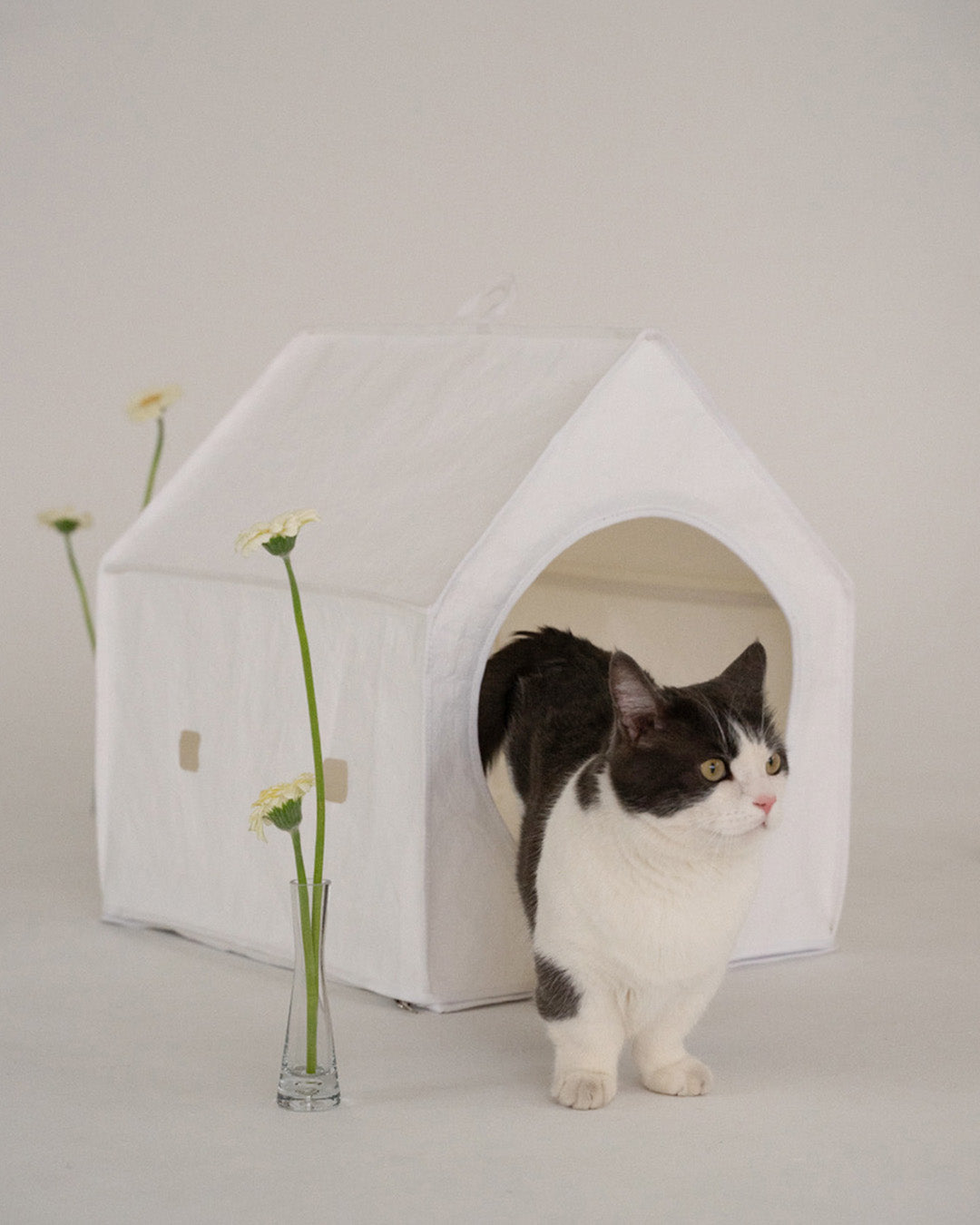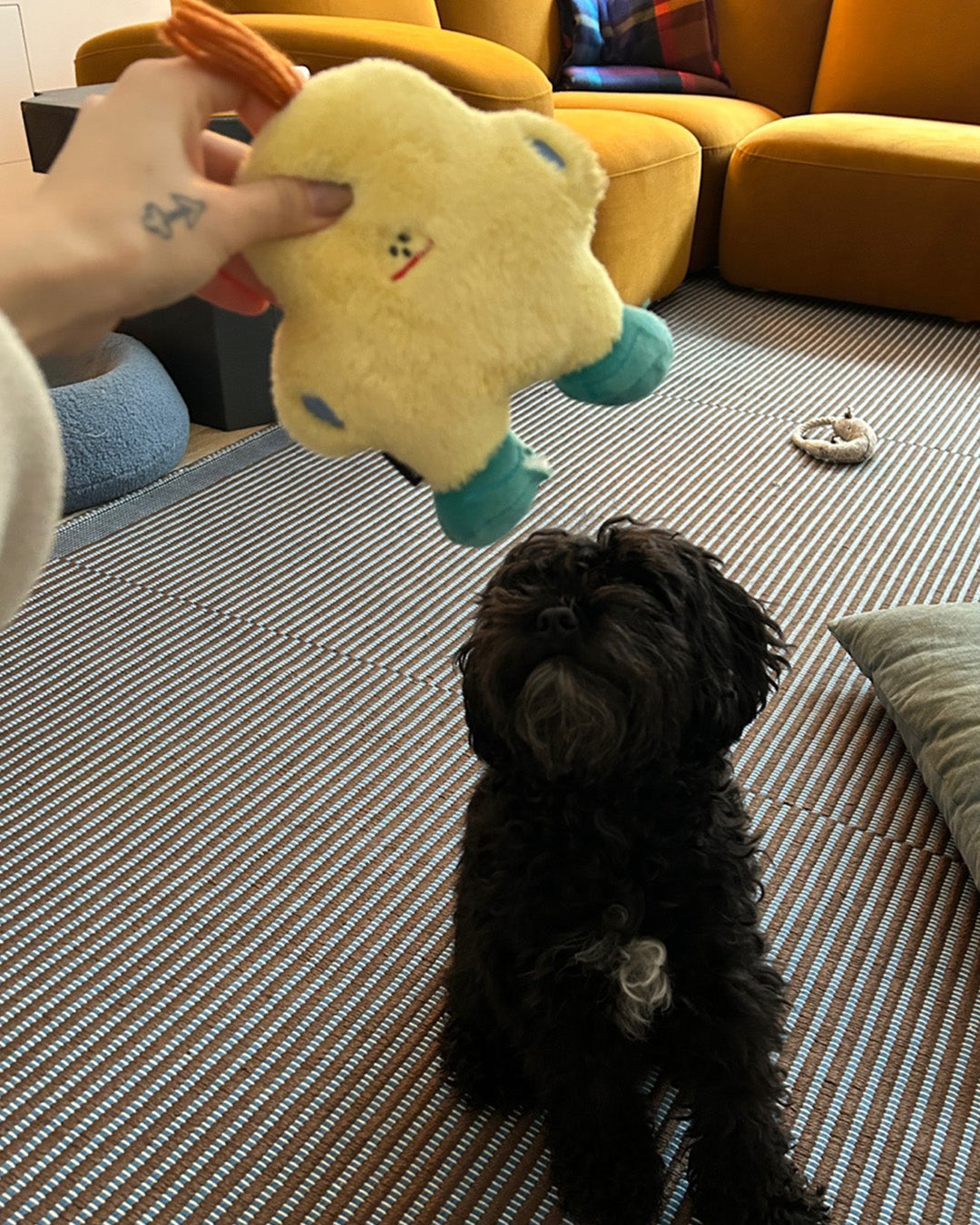➺
It’s no secret that most cats go wild for the elusive red dot. Laser pointers have become one of the most popular toys among cat owners thanks to their ability to get even the sleepiest feline on their feet. But while the chase is thrilling, many cat parents wonder: are laser pointers actually good for cats—or can they do more harm than good?
Like many things, the answer lies in how you use them. When used thoughtfully, laser toys can be an effective tool for exercise and enrichment. But overuse or poor handling can lead to frustration, anxiety, or even obsessive behavior. Let’s break down the benefits and drawbacks.
Benefits of Laser Pointers

Mental & Physical Stimulation
Cats are natural hunters, and the movement of a laser pointer mimics the motion of prey. This taps into their instincts, encouraging them to pounce, chase, and dart across the room. It’s especially useful for indoor cats who might not get enough physical activity or mental stimulation throughout the day.
Boredom Buster
If your cat is stuck inside or tends to lounge around, short laser pointer play sessions can help break up the day, burn off excess energy, and reduce unwanted behaviors like scratching or meowing out of boredom.
Engagement & Bonding
While the red dot may seem like a solo activity, laser play is still a form of interaction between you and your cat. It keeps them engaged, focused, and can even strengthen your bond—especially with cats who aren’t interested in traditional toys.
Risks & Considerations

Lack of Satisfaction
The main concern with laser play is that your cat can never “catch” the light. For a creature whose instincts revolve around stalking, catching, and biting, this can be frustrating. If not managed properly, this lack of resolution can lead to stress or compulsive behaviors.
To address this, it’s a good idea to end laser sessions with a toy your cat can actually grab, such as a soft prey-like plush. For example, our Fish and Chews toy offers a satisfying texture and natural materials, allowing your cat to sink their claws in and enjoy the reward they were seeking. Similarly, the Shadow Rabbit, with its soft cotton build and stimulating shape, makes a perfect end-of-play catch that feels more like a real “hunt.”
Obsessive Behavior
Some cats may become obsessed with the red dot, continuing to search for it long after playtime is over. This can indicate overstimulation or frustration. If your cat starts pacing or staring at walls or the floor, it’s time to put the laser away and switch to more grounded forms of play.
Eye Safety
Never shine the laser pointer in your cat’s eyes, even briefly. This can cause retinal damage. Always choose a laser pointer designed specifically for pets and use it at a safe distance.
Tips for Safe & Healthy Use
Keep laser sessions short (5–10 minutes max)
Avoid sudden stops—move the dot toward a toy or treat your cat can catch
Never point the laser near the face or eyes
Pair laser play with tactile toys to complete the hunt
Observe your cat’s behavior and take breaks if they seem overstimulated
ℱ
Final Thoughts




Leave a comment
This site is protected by hCaptcha and the hCaptcha Privacy Policy and Terms of Service apply.